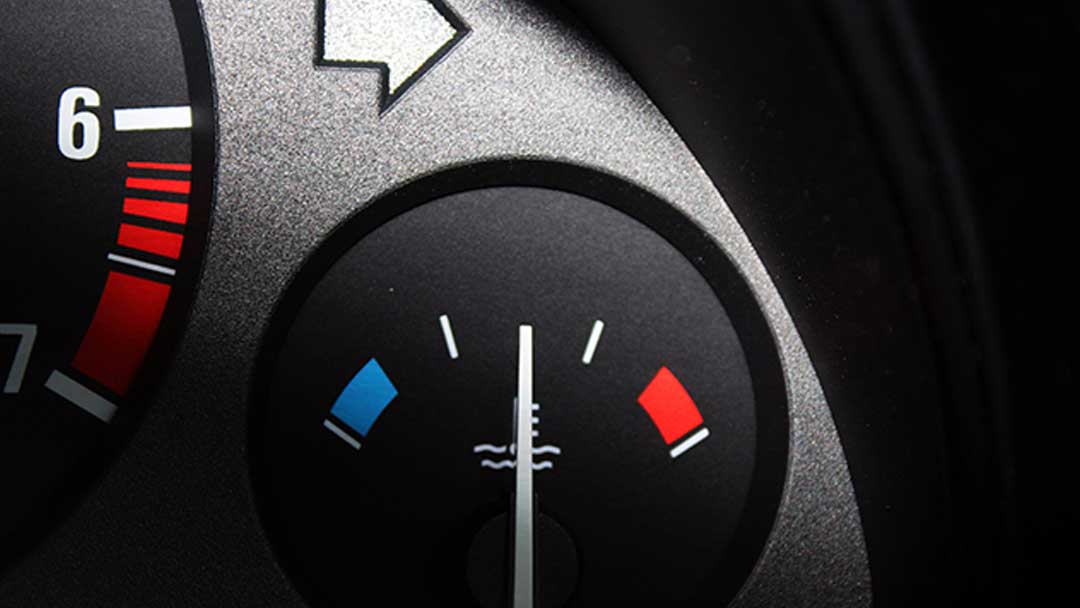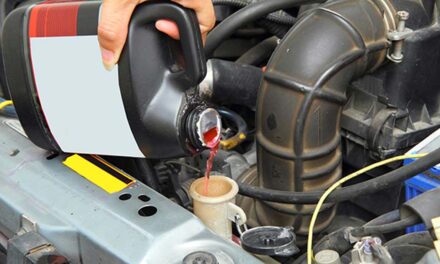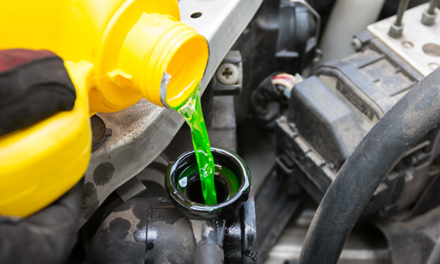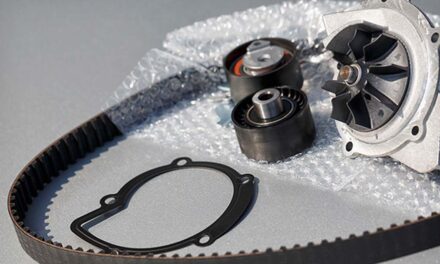Your car engine radiator has to function well in order to keep the engine running at proper temperatures. It acts as a heat exchanger that helps in transferring heat from an internal combustion engine to the surrounding air. When a vehicle is running, the coolant will circulate through the engine and radiator with the help of a water pump. The coolant picks up heat from the engine, passes through several components, tubes & hoses, and finally reaches the front engine compartment of the car to release the heat into the atmosphere. In the course of its journey from the water pump to the final radiator compartment, there could be several possibilities of coolant leakages through hoses, clamps or valves. Oftentimes, you will notice green or orange coolant puddles under your car or rust or discoloration on your radiator & the surrounding engine components. This is a sign of coolant leakage from the radiator or its associated components.
Reasons for Radiator Leaks
When the radiator is not flushed on a regular basis as recommended by the manufacturer it can form rust or scale deposits causing the radiator to leak. Also if the pressure cap is a wrong fit, it can leak through the seal when the coolant heats up and expands the liquid. Another issue is leakage through radiator hoses and clamps. Sometimes, the hoses and tubes can get damaged or have cracks due to prolonged usage. As the radiator hoses carry pressurized fluid at high temperatures there is a possibility for leakage due to damage. Hence, vehicles should be checked often for damages or clogs in hoses. If you cannot diagnose it on your own, you can get it inspected at the service center.
Symptoms of Leakage
The main symptom of radiator leakage is an abrupt drop in coolant levels in the reservoir. It is quite common that coolant levels keep changing in the coolant reservoir with the change in the engine temperature. But if you notice a large drop in coolant levels in a short period of time, you can suspect leakage from the radiator.
Occasionally, you would also notice a low coolant light coming on.
Sometimes, you would sense the smell of coolant or find traces of coolant on the floor underneath your vehicle on the front side. Also, you would notice other issues like temperature increases in the gauge or frequent engine overheating. These symptoms would indicate possible coolant leakage and need immediate attention.
Is It Safe to Drive With Radiator Leaks?
People often neglect them and somehow manage to run their vehicles using alternatives. You should not be driving the vehicle if you notice any one of the above symptoms. You can troubleshoot on your own to isolate the issue or take it to the mechanic to get your vehicle checked. Driving with radiator leaks is risky and can eventually lead to radiator failures and several other engine problems.









![[For V6 4.3L Engine Vehicles]: ①Compatible with Chevrolet Astro/Blazer/Express 2500 1996-2005, C1500 Pickup/P30 1996-1999, Express 1500 1996-2004, G30 1996, K1500 Pickup 1996-1998, S10 Pickup 1996-2004, Silverado 1500 1999-2012, Silverado 1500 Classi...](https://m.media-amazon.com/images/I/41NbiqLEVmL._SL100_.jpg)